
Firefly Aerospace, a private space company, is preparing for another launch attempt, years after its Alpha rocket exploded minutes after liftoff during its debut flight from Vandenberg Space Force Base in California. The company’s resilience is evident in its rapid recovery and expansion into international markets like Japan for Asia-focused missions.
The 2021 Alpha Rocket Failure
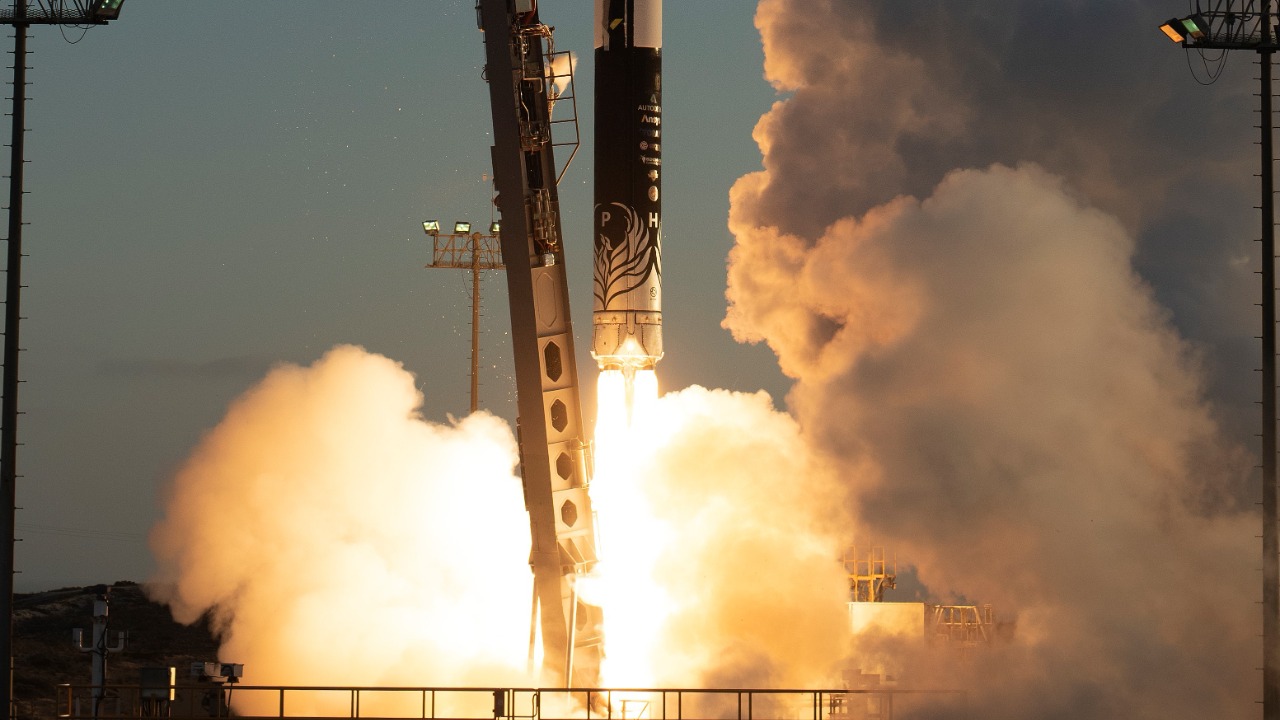
The Alpha rocket’s maiden voyage in 2021 ended in a catastrophic failure. The rocket exploded just minutes after liftoff from Vandenberg Space Force Base in California, resulting in the complete loss of the vehicle and its payload. source. Firefly Aerospace, which developed the rocket with the aim of launching small satellites, had to deal with the immediate aftermath of the incident.
Despite the dramatic explosion, safety protocols were effectively implemented, preventing any injuries. Initial expert reactions to the failure focused on potential technical issues such as engine performance and structural integrity, which were identified in the post-launch analysis.
Firefly’s Recovery and Engineering Overhaul
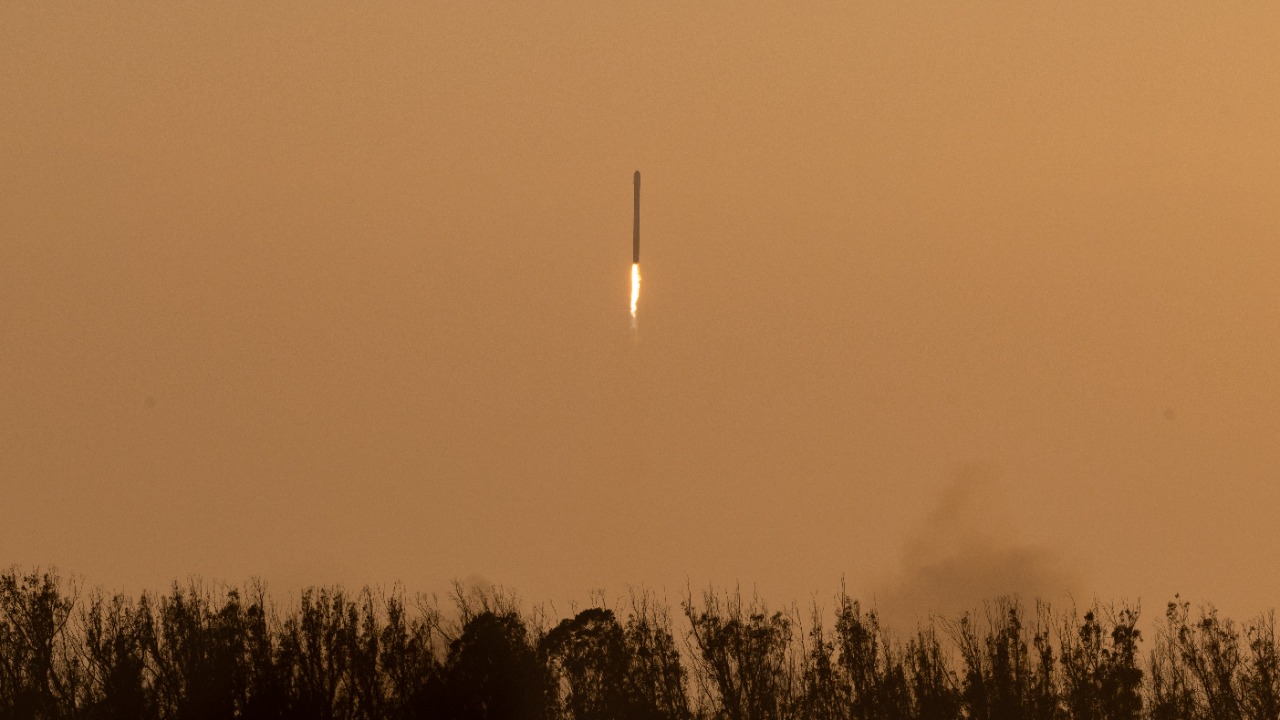
In the wake of the 2021 explosion, Firefly Aerospace made key modifications to the Alpha rocket design. These included upgrades to propulsion systems and testing regimes to address the root causes of the failure. The company also increased ground testing and simulations to ensure reliability for future launches. source.
Regulatory approvals from bodies like the Federal Aviation Administration (FAA) played a crucial role in validating Firefly’s fixes and greenlighting the next mission. This rigorous process was essential in ensuring that the company was ready for its next launch attempt.
Details of the Upcoming Launch
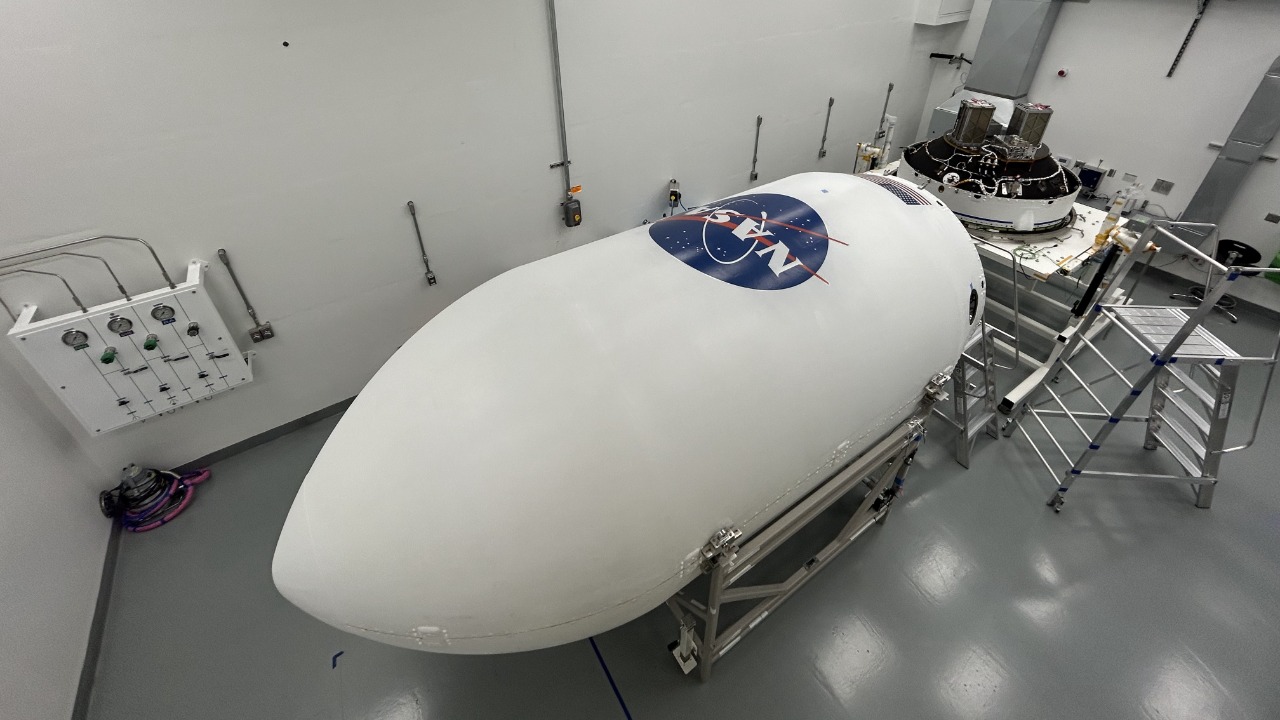
Firefly Aerospace is now preparing for its next Alpha rocket flight. The company is eager to demonstrate its small satellite deployment capabilities, which were a key objective of the ill-fated 2021 mission. Preparations are underway at Vandenberg and alternative launch sites, with factors such as weather and technical readiness being closely monitored.
While the exact target date and location for the launch have not been disclosed, the company is confident that this mission will mark a significant milestone in its recovery from the 2021 failure.
Expansion into Asian Markets
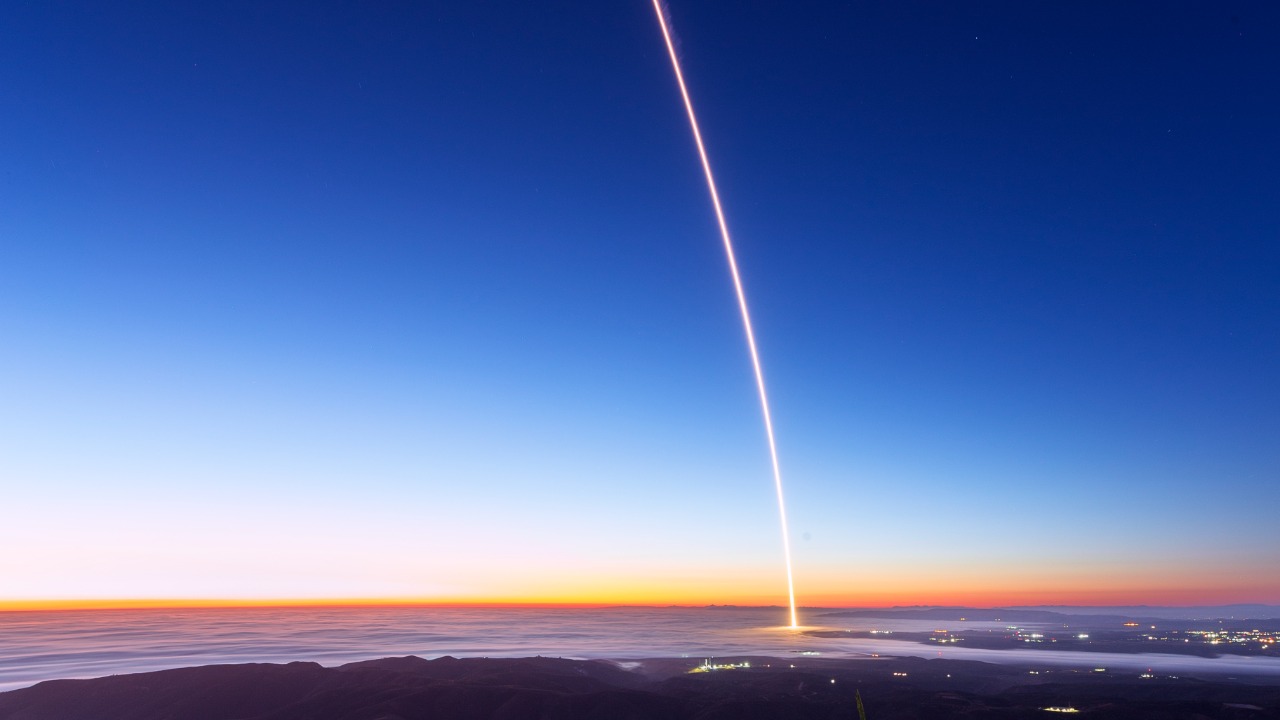
As part of its recovery strategy, Firefly Aerospace is expanding into international markets. The company has set its sights on Japan for future rocket launches, integrating this expansion into its post-failure recovery timeline. source.
Firefly Aerospace is currently in talks with Japanese entities to facilitate these launches. The 2021 failure has undoubtedly influenced risk assessments for these international operations. However, the strategic benefits of this expansion, such as access to regional satellite demand, make it a worthwhile endeavor for the company.
Comparisons to Other Recent Launch Setbacks
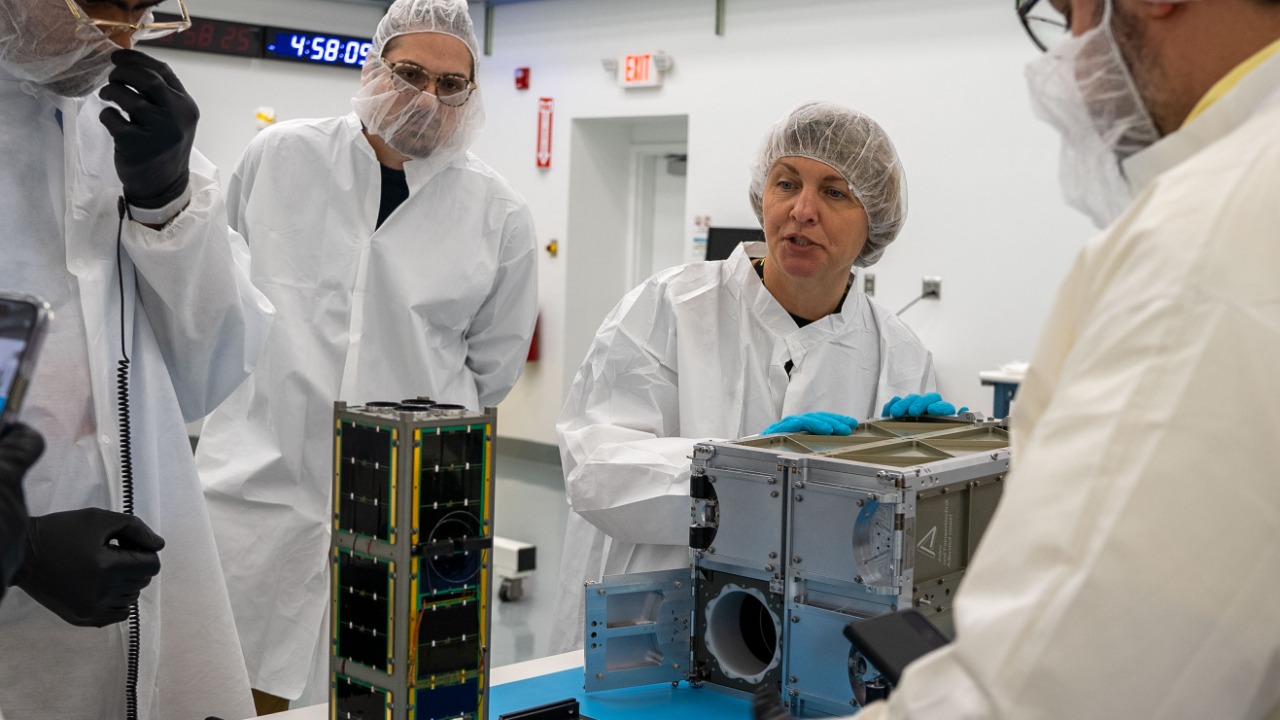
The challenges faced by Firefly Aerospace are not unique in the commercial space sector. Australia’s first orbital-class rocket, for instance, also failed shortly after liftoff from its launch pad, underscoring the common challenges faced by new entrants in the field. source.
Similarly, a Soyuz launch involving a crew had to be aborted, with a second attempt scheduled after the initial failure. This mirrors Firefly’s quick pivot to a retry after its own failure source. However, established players like SpaceX have demonstrated the ability to recover faster from setbacks, as evidenced by the successful launch of the private Blue Ghost moon lander set for January 15. source.